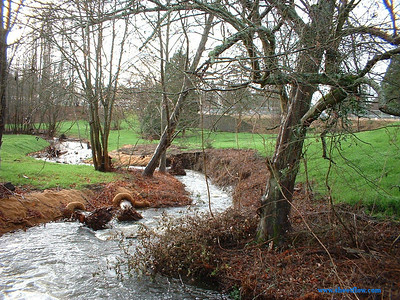What is process wastewater?
The definition of process wastewater and how it applies to construction has always been a bit confusing to me. There are some construction activities that are obvious generators of process water like pressure washing, but then there seems to be some grey when it comes to filling a water truck from a hydrant and using the water for dust control.
I suspect regulators, if you ask them, will give some conflicting definitions of construction process water. I am going to try to work through this over a few days, or weeks or however long it takes to come up with a satisfying answer.
First off, how do the Feds define it? Process wastewater as defined by 40 Code of Federal Regulations (CFR) 122.2. https://www.law.cornell.edu/cfr/text/40/122.2
it says: “Process wastewater means any water which, during manufacturing or processing, comes into direct contact with or results from the production or use of any raw material, intermediate product, finished product, byproduct, or waste product.
EPA uses this definition in their NPDES Glossary. Find at https://www.epa.gov/npdes
The Washington State Department of Ecology uses that definition in the Construction Stormwater General permit and adds: “If stormwater commingles with process wastewater, the commingled water is considered process wastewater”.
This is the legal definition of process wastewater. It is a good, solid, bit of legalese, developed by lawyers for lawyers. Though I haven’t researched this, I think it is likely this definition originated when the Clean Water Act was in its beginning stage of development and was applied to industrial, “end of pipe” discharge facilities, like chemical plants, and manufacturers.
Herein, I believe, lies my confusion; construction doesn’t fit this description. I guess technically it is, or can be, an end of pipe facility, but construction is transient, has a limited duration, and generally has the potential for diffuse discharges rather than just one or two discreet discharge points.
With that, I will think some more and post some more when my headache goes away.
